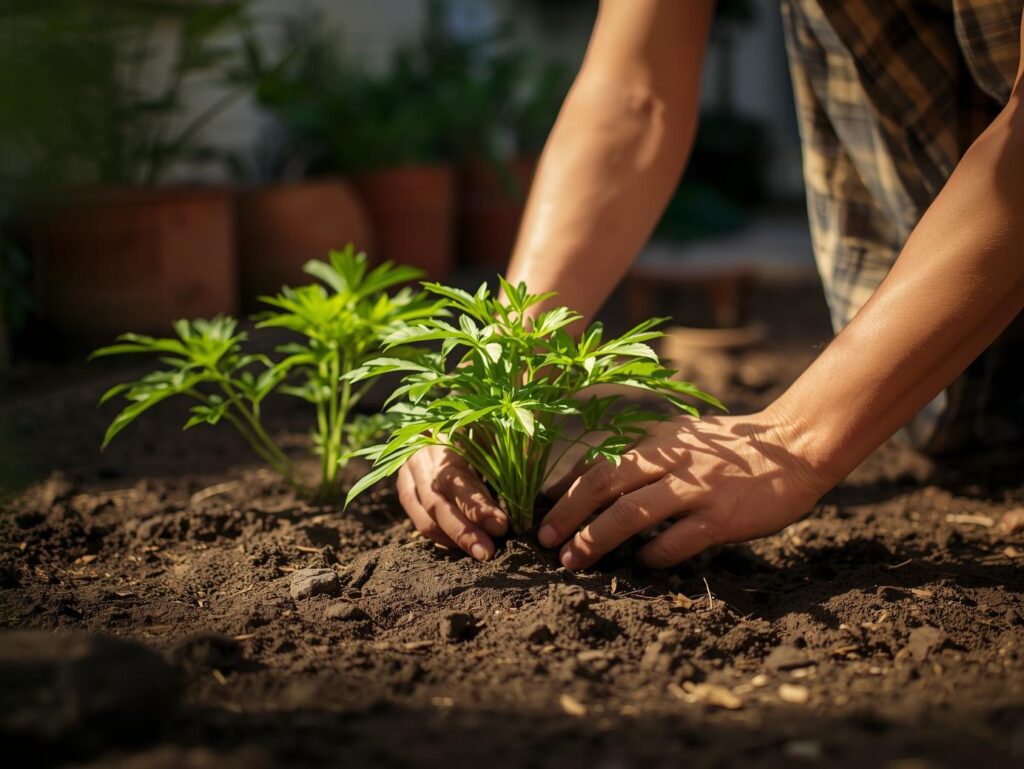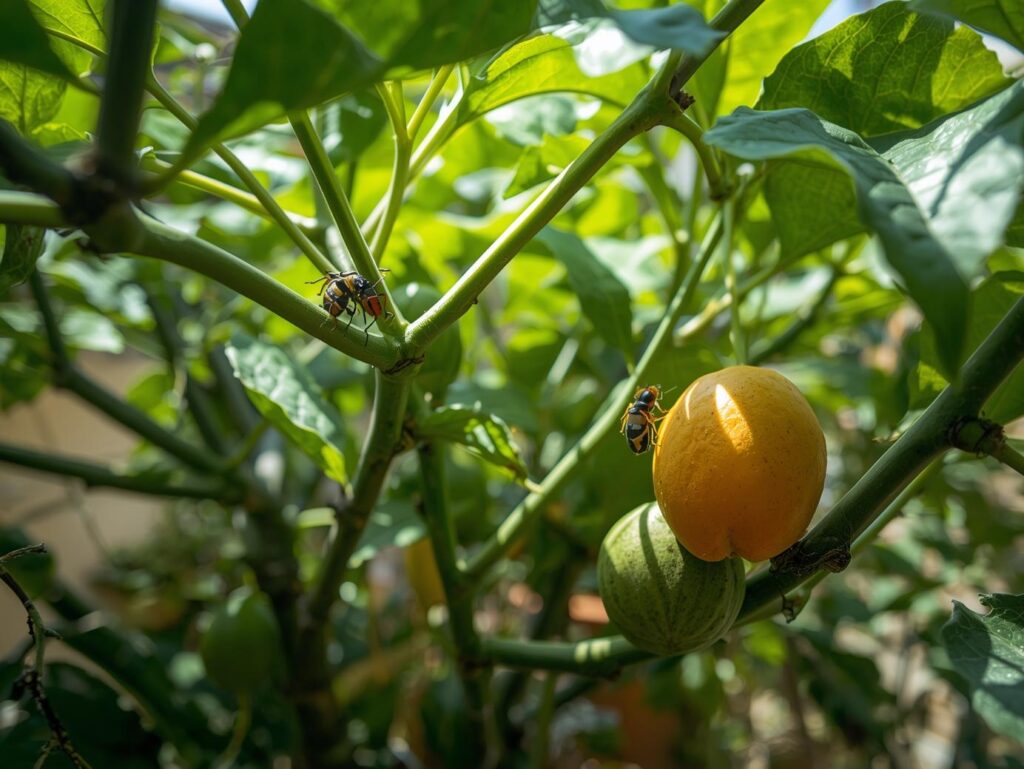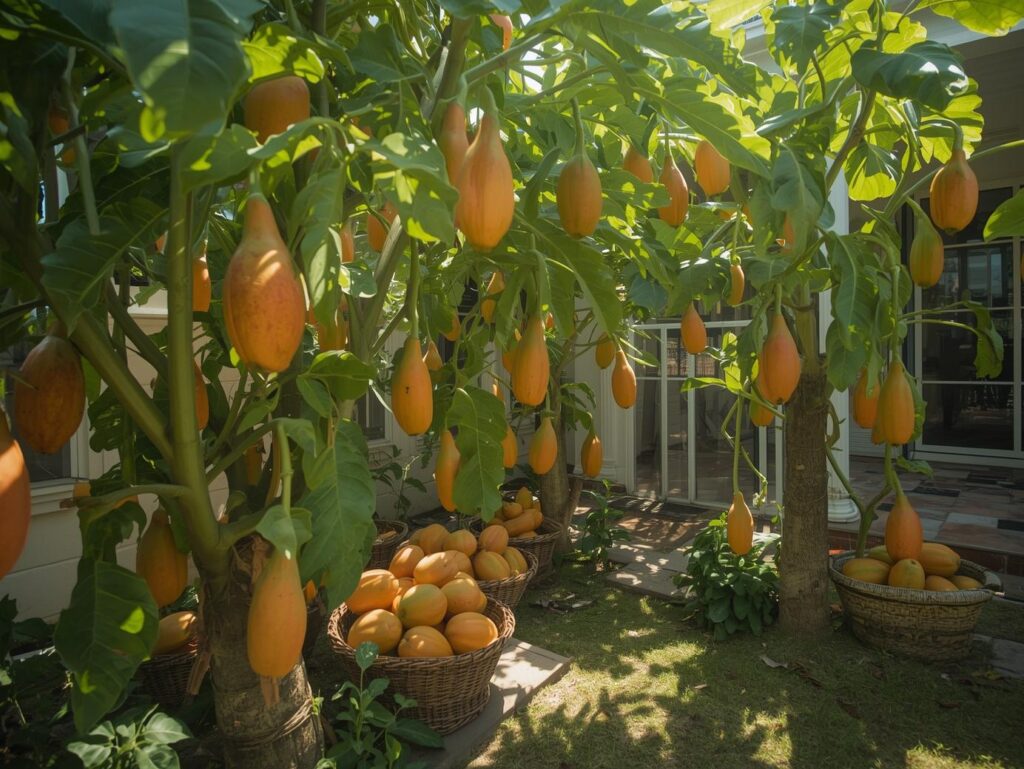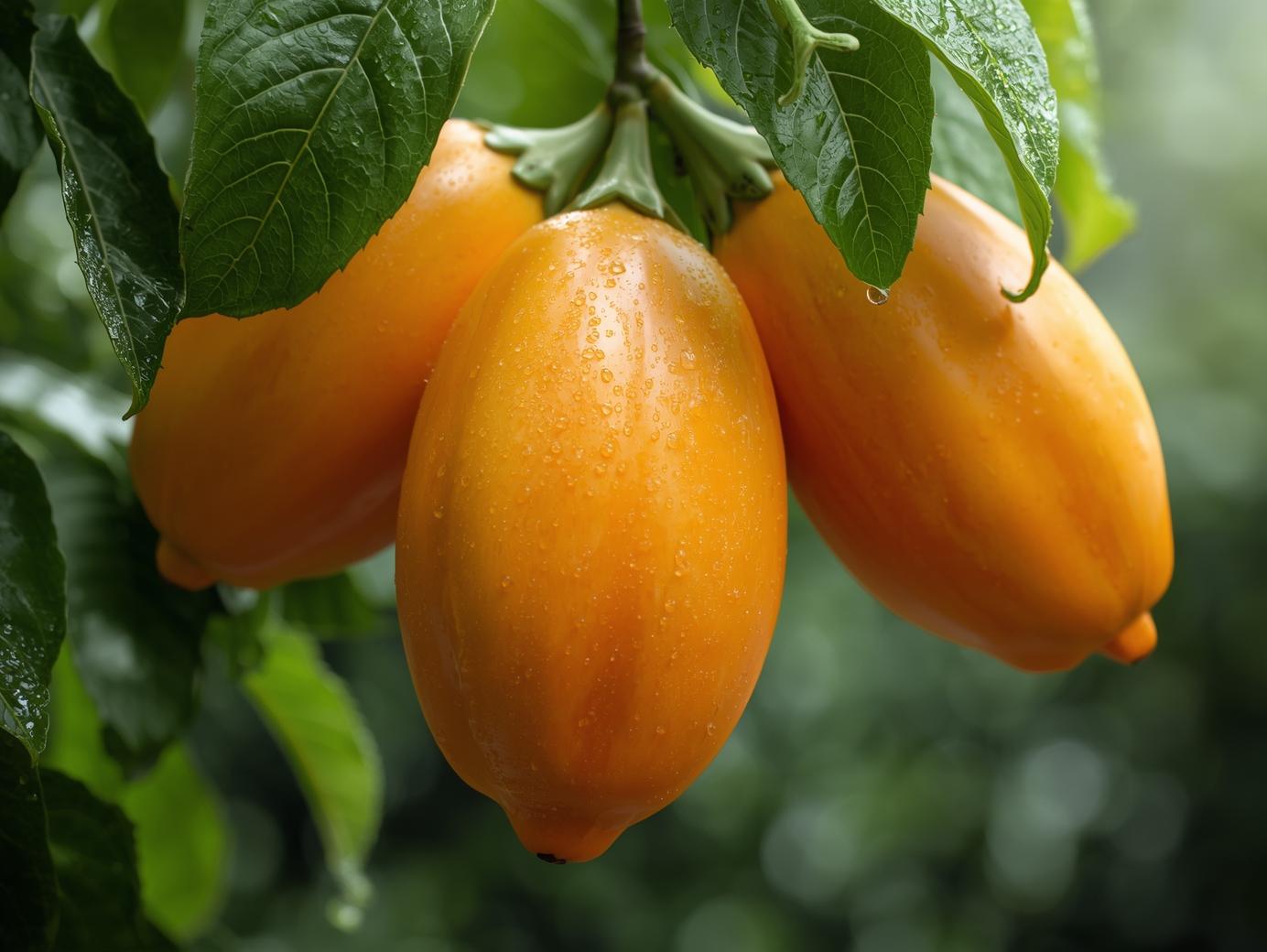Papaya is a tropical fruit known for its sweet flavor and numerous health benefits. Growing papaya in your home courtyard in the USA can be a fulfilling project, especially in warmer regions where the climate supports tropical plant growth. With the right approach, you can enjoy fresh, homegrown papayas that add vibrancy and nutrition to your garden and kitchen.
Site Preparation
Selecting and preparing the right site is critical for successful papaya cultivation. Papaya plants thrive in locations that receive full sunlight for most of the day, ideally at least six to eight hours of direct sun. Since papayas have shallow roots, the site must be sheltered from strong winds that can easily damage the plant’s slender trunk and foliage. Additionally, ensuring good drainage is vital to prevent root rot caused by waterlogged soil.
Before planting, clear the area of weeds and debris to minimize competition for nutrients and water. Loosen the soil by digging to a depth of about 12 inches to improve aeration and root penetration. Amending the soil with organic compost enhances fertility and moisture retention, creating a fertile bed that supports vigorous papaya growth.
Soil Selection
Papayas prefer well-draining soil that is rich in organic matter. A sandy loam texture is ideal as it balances moisture retention with adequate drainage, preventing root diseases common in heavy, clay soils. The soil pH should range between 6.0 and 6.5, which promotes nutrient availability essential for healthy development and fruiting.
Testing your soil before planting can guide necessary adjustments, such as adding lime to raise pH or sulfur to lower it. Enriching the soil with compost or aged manure not only improves structure but also provides a slow-release source of nutrients. In courtyard gardens where space is limited, using high-quality potting mixes with good drainage properties is a practical alternative.
Planting
Timing and technique are important when planting papaya. The best period for planting is in spring or early summer, when temperatures consistently stay above 70 degrees Fahrenheit. Papaya plants are sensitive to cold, so planting during frost-free periods ensures better survival and growth. When transplanting seedlings, handle the roots gently and avoid disturbing the root ball excessively.

Plant the papaya at the same depth it was growing in its nursery container to prevent stem rot. Space multiple plants at least 8 to 10 feet apart to provide ample room for growth and airflow. After planting, water thoroughly to settle the soil and provide moisture necessary for root establishment.
Watering
Papayas require regular watering to support their fast growth, but the soil should never be waterlogged. Deep, consistent watering helps maintain steady moisture levels, particularly during dry spells or hot summer months. Frequent shallow watering can encourage weak roots and increase vulnerability to drought stress.
Installing drip irrigation or soaker hoses in courtyard gardens is an efficient way to deliver water directly to the root zone, minimizing evaporation and promoting healthy root development. Monitoring soil moisture and adjusting watering based on weather conditions and soil drainage ensures the plant remains well-hydrated without risk of overwatering.
Fertilizing
Nutrient management is crucial for papaya plants, as they are heavy feeders due to their rapid growth and fruit production. A balanced fertilizer with nitrogen, phosphorus, and potassium should be applied every six to eight weeks during the growing season to promote lush foliage and abundant fruiting. Organic options like compost tea or fish emulsion can also provide a gentle nutrient boost.
In addition to macronutrients, papayas benefit from micronutrients such as magnesium and calcium, which support overall plant health and fruit quality. Avoid excessive nitrogen fertilization, as it may lead to excessive leaf growth at the expense of fruit development. Regular soil testing helps tailor fertilization programs to meet your plants’ specific needs.
Pruning and Training
Pruning papaya plants involves removing dead or damaged leaves and stems to maintain plant health and improve airflow. While papayas naturally have a single trunk, pruning helps prevent overcrowding of leaves, which can reduce light penetration and increase disease risk. Unlike many fruit trees, papayas do not require heavy pruning but benefit from regular maintenance.
Training the plant is less about shaping and more about support. In windy areas, staking young papaya plants can prevent breakage. Removing any suckers or side shoots ensures energy is directed toward the main stem and fruit production. Proper care and training help maintain a healthy, upright growth habit suitable for courtyard spaces.
Pest and Disease Control
Papayas are susceptible to several pests and diseases that can affect their growth and yield. Common pests include aphids, whiteflies, and spider mites, which can be controlled through natural predators or safe insecticidal treatments. Regular inspection of leaves and stems helps detect infestations early, allowing prompt intervention.

Diseases such as papaya ringspot virus, powdery mildew, and root rot are challenges that can be managed with good cultural practices. Ensuring proper spacing, avoiding overhead watering, and maintaining soil health reduce disease incidence. When necessary, using disease-resistant varieties and maintaining garden hygiene by removing infected plant material helps keep your papaya plants healthy.
Fruiting and Harvest
Papaya plants typically start producing fruit within six to twelve months of planting, depending on growing conditions. The fruit matures gradually, changing color from green to yellow or orange when ripe. Harvesting at the right time ensures the best flavor and texture, usually when the fruit is slightly soft to the touch.

Picking papayas carefully helps avoid bruising and damage. Use a sharp knife or garden shears to cut the fruit from the stem. Regular harvesting encourages the tree to continue producing new fruit, allowing you to enjoy fresh papayas throughout the growing season in your home courtyard.
